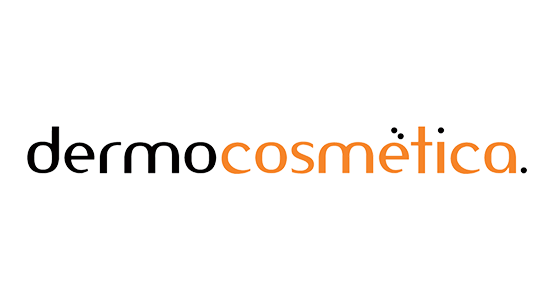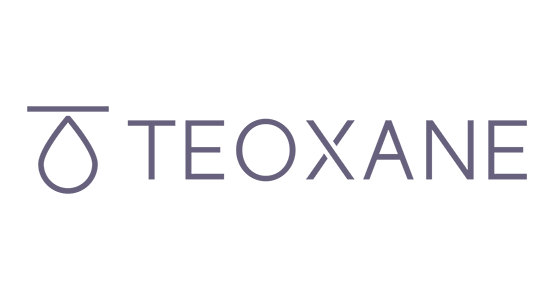Hamilton Skin Clinic Treatment stats
Treatment Time
Sessions typically last 30 to 60 minutes, depending on the specific procedure and the scar's size.
Recovery Time
Minimal downtime; patients can usually return to daily activities immediately, with any redness or swelling subsiding within a few hours to a day.
Recommendation
For optimal results, multiple sessions may be necessary, spaced a few weeks apart. Dr. Verma will advise on the best treatment plan during your consultation.
Results
Noticeable improvements are often seen immediately after treatment, with continued enhancement as the skin heals over the following weeks.
Effectiveness
Highly effective in reducing scar visibility and improving skin texture and elasticity. Most patients experience significant improvements in their scar's appearance and overall skin health.
Surgical Scar Medical Treatment
Scarring results from the natural healing process after an injury. At Hamilton Skin Clinic, we treat various types of scarring, including acne scars, trauma scars, and surgical scars. Stretch marks are also considered a specific type of scarring, and we offer treatments for them. However, scars from burns require specialised care typically found in dedicated Burns Centres.
Scars form as part of the natural healing process when the skin is cut or injured. Scar correction surgery aims to change the appearance of scars, making them less noticeable and easier to conceal. There are various surgical treatments available to address different types of scarring.
Excessive scarring can lead to hypertrophic scars or keloid scars. The exact cause of abnormal scarring is unknown, but several factors may contribute, including skin type, genetics, wound site and size, tension on the healing site, secondary infection, foreign material, and hormonal status.
Types of Scars from Surgery
Flat Scars
These scars are level with the surrounding skin, often appearing as a faint line. They typically form after minor surgical procedures and heal relatively well over time.
Hypertrophic Scars
Raised and thick, hypertrophic scars remain within the boundaries of the original incision. They are more common in areas of high skin tension and may diminish gradually.
Keloid Scars
These scars extend beyond the original incision site and can be larger than the initial wound. They are often raised, dark, and can grow over time, requiring treatment.
Atrophic Scars
Depressed below the skin's surface, atrophic scars result from tissue loss during healing. They often form after procedures involving significant tissue removal and can create indentations.
Contracture Scars
These scars cause the skin to tighten and restrict movement. They typically occur after extensive surgery or burns, where large areas of skin are affected and may need more complex treatments.
What Our Clients Say
What is scar correction surgery, and what are the different treatment procedures?
Scar correction surgery involves several techniques, each tailored to specific scar types and locations. Here are some of the common methods:
Steroid Injections
These injections help flatten and soften raised scars, particularly hypertrophic and keloid scars, by reducing inflammation and collagen production in the scar tissue.
Silicone-Based Gels
Topical silicone gels, like STRATADERM or DERMATIX, are applied to scars to minimise formation, flatten existing scars, and reduce redness and discomfort over time.
LED Light Therapy
Red light therapy promotes skin healing and prevents excess scar formation post-surgery by enhancing collagen production and reducing inflammation at the treatment site.
Laser Treatments
Vascular lasers target new, red surgical scars, while FRAXEL and INFINI lasers are used for older, white scars, improving their appearance and texture through skin resurfacing.
Dermabrasion
This technique removes the top layers of the scarred skin, allowing new, smoother skin to replace it, which helps reduce the visibility of raised or uneven scars.
Excision
Surgical removal of the scar, followed by precise stitching, creates a thinner, less noticeable scar. This method is effective for large or problematic scars.
Z-Plasty or W-Plasty
These surgical techniques realign scar tissue to make scars less noticeable, especially useful for scars across skin creases or those causing skin contraction.
Skin Grafting
Involves transplanting healthy skin from another body part to cover the scarred area, beneficial for large scars or those limiting movement due to contracture.










